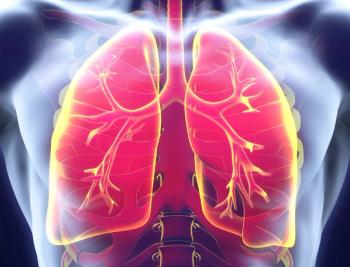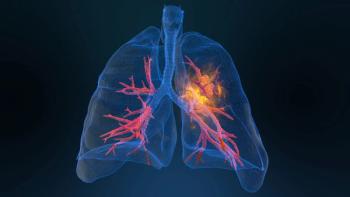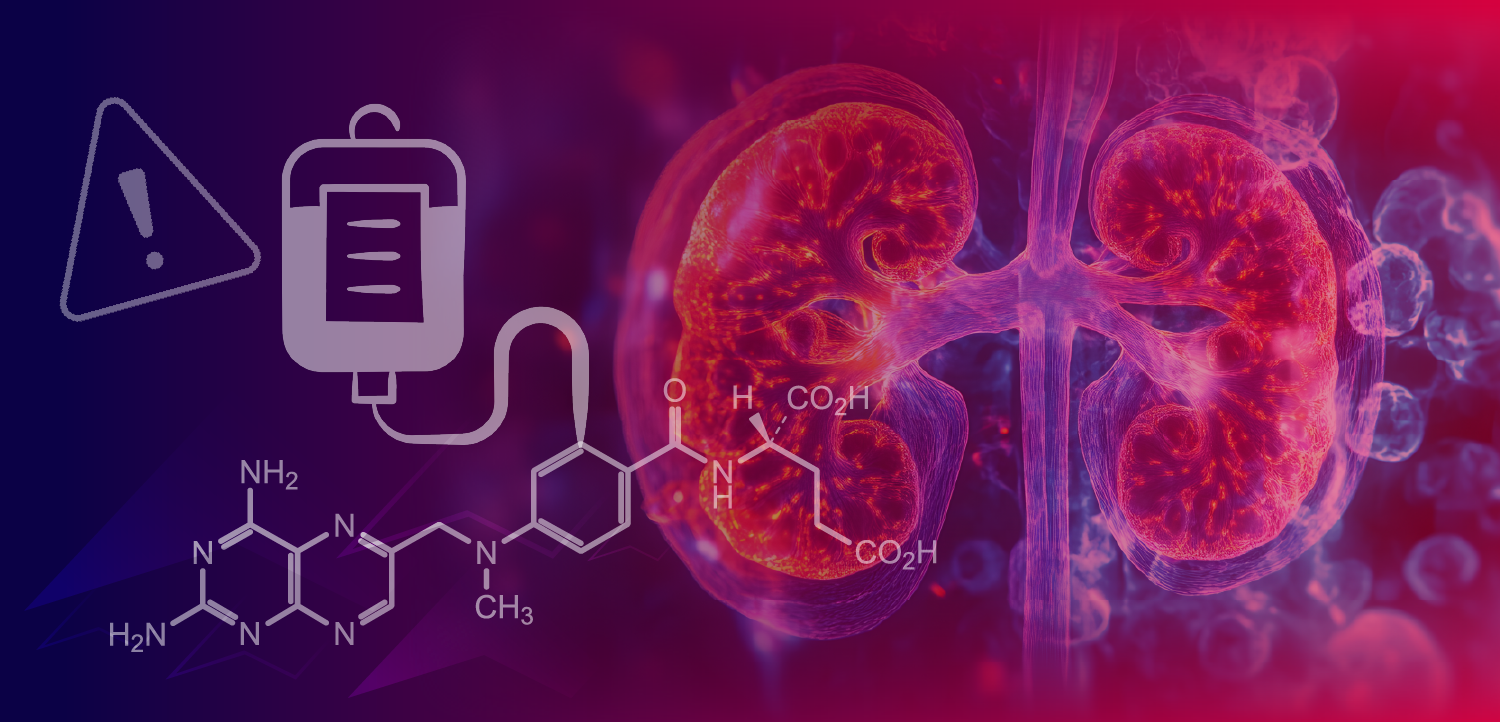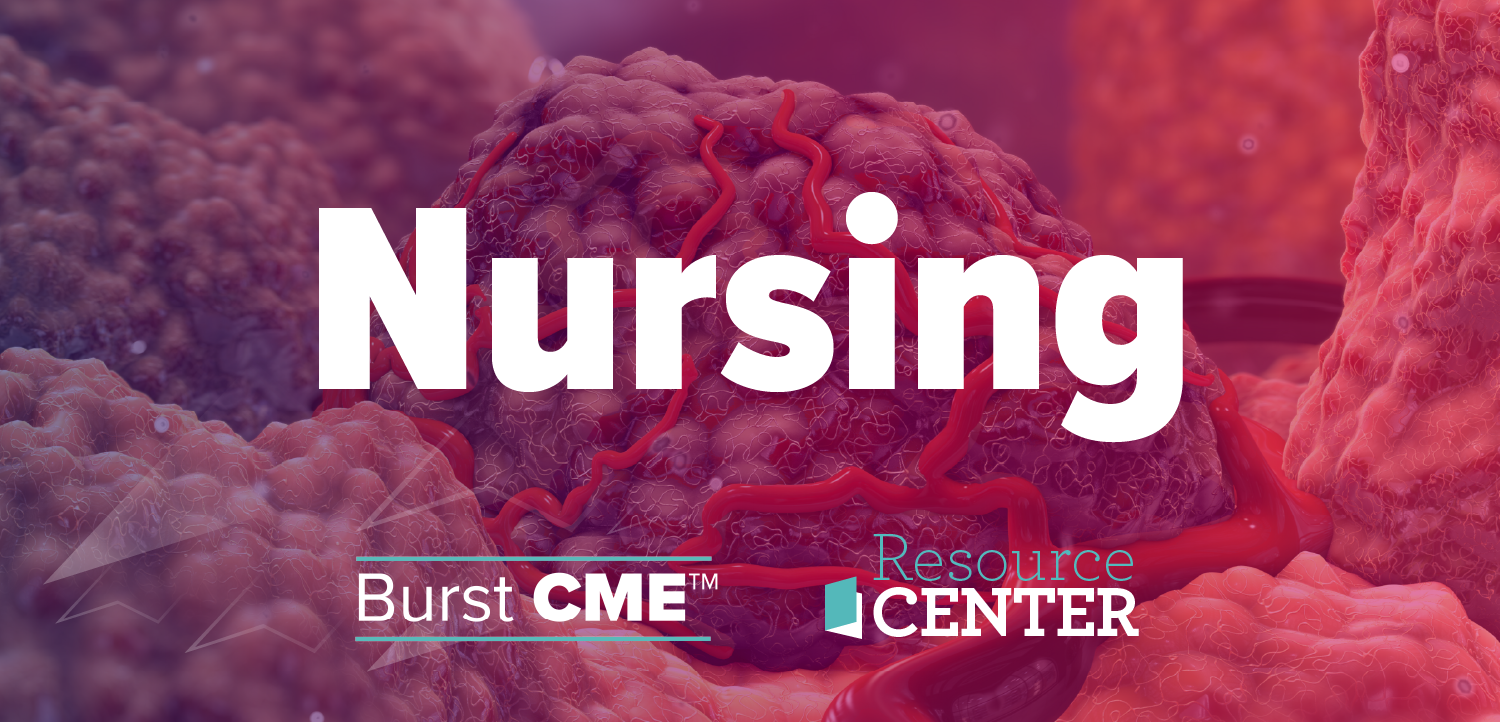
Oncology NEWS International
- Oncology NEWS International Vol 17 No 2
- Volume 17
- Issue 2
MRI shows second-hand smoke damage
A new MRI technique—inhaled hyperpolarized helium-3 diffusion MRI—shows lung damage in nonsmokers exposed to second-hand smoke
CHICAGOA new MRI techniqueinhaled hyperpolarized helium-3 diffusion MRIshows lung damage in nonsmokers exposed to second-hand smoke, according to a study presented at RSNA 2007. Researchers from the University of Virginia, Charlottesville, and Children's Hospital of Philadelphia performed the technique in 60 volunteers to calculate apparent diffusion coefficient (ADC) values.
High ADCs correlated with enlarged lung alveoli, indicating damage: Elevated ADC was found in 4% of subjects with infrequent exposure to second-hand smoke, 27% with high exposure, and 67% of current and former smokers (see Figure).
Articles in this issue
almost 18 years ago
NLST article not balanced, critic of screening trial assertsalmost 18 years ago
M.D. Anderson and AstraZeneca form neuropathic pain alliancealmost 18 years ago
Good nilotinib responses in imatinib-resistant AP-CMLalmost 18 years ago
Virus linked to Merkel cell carcinomaalmost 18 years ago
Benefit of adjuvant RT/CT for pancreatic ca affirmedalmost 18 years ago
Recurrence Score helps select node+ pts for chemoalmost 18 years ago
For resectable liver mets: Preop chemotherapy or not?almost 18 years ago
Plerixafor boosts stem cell mobilization in myeloma ptsalmost 18 years ago
Assay has high sensitivity for hard-to-detect SLN metsalmost 18 years ago
Dasatinib effective in imatinib resistant/intolerant CMLNewsletter
Stay up to date on recent advances in the multidisciplinary approach to cancer.































































































